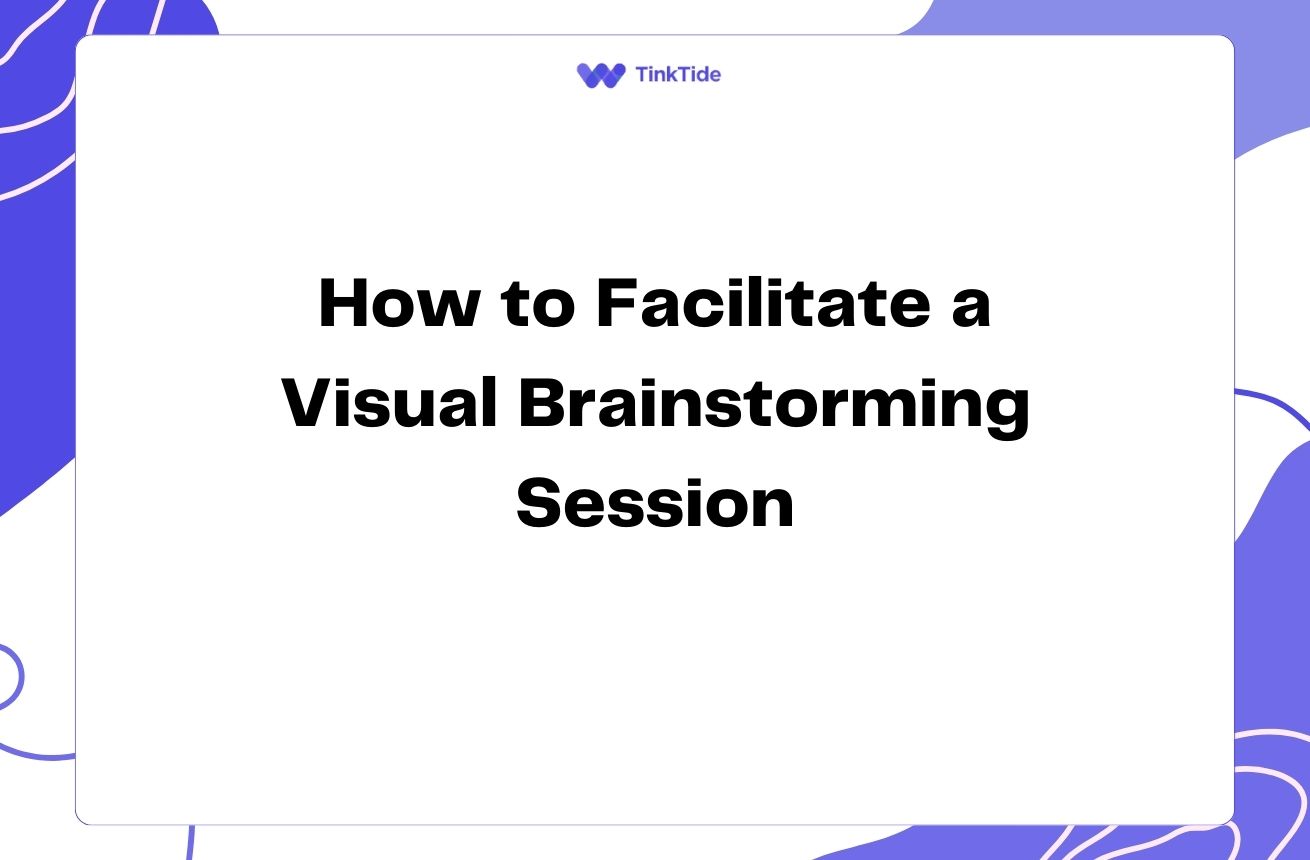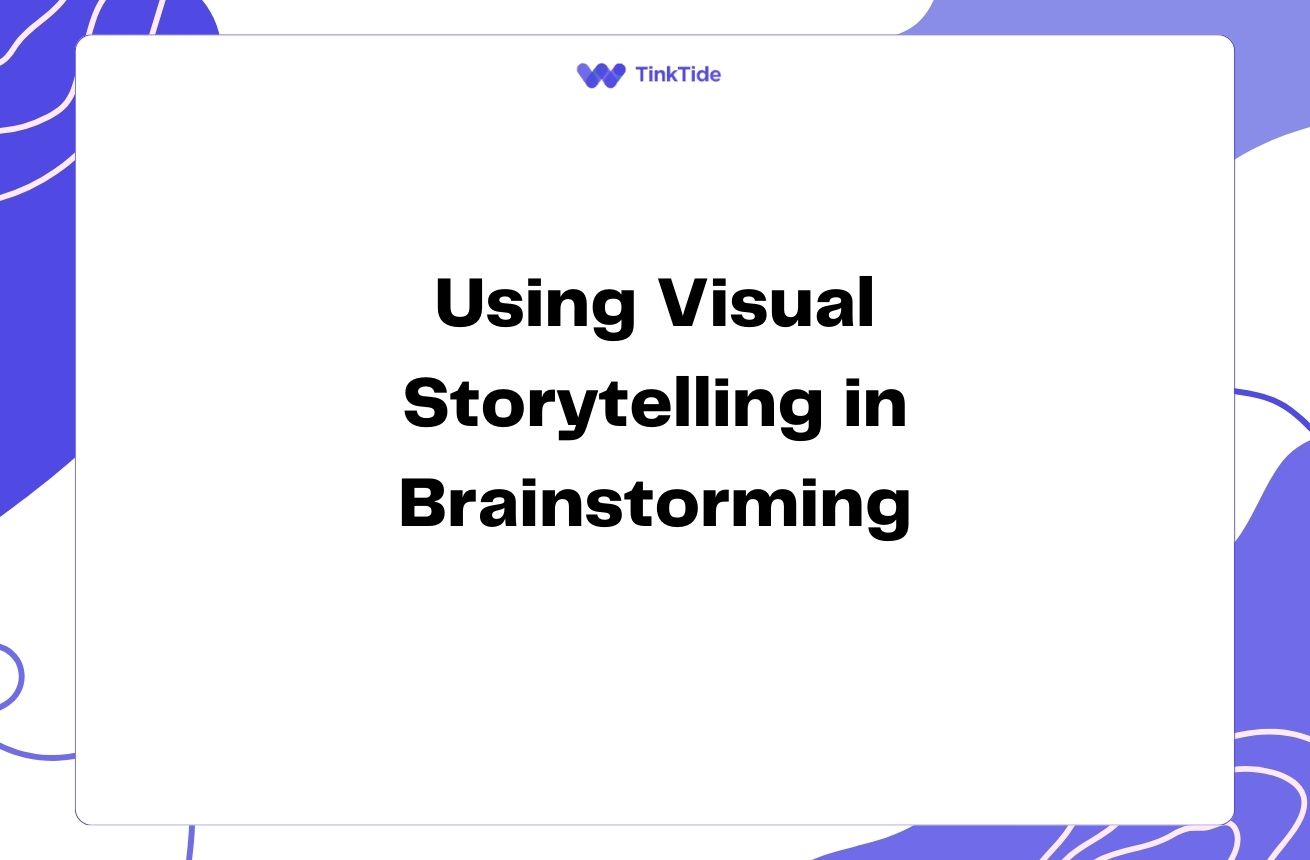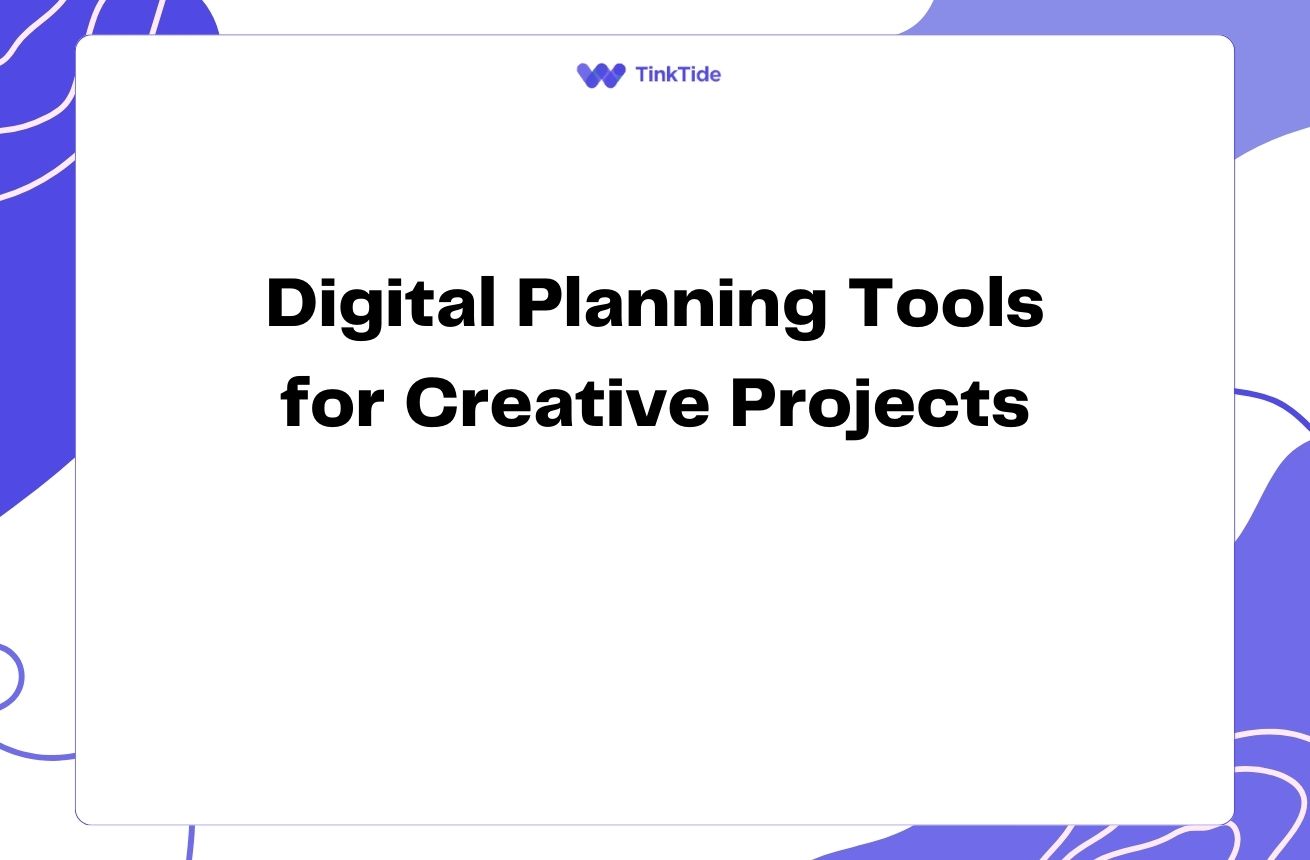Unlock Creativity: Ideation Methods for Digital Innovation
The Power of Ideation in Digital Innovation
In the fast-paced world of digital product development, coming up with fresh, innovative ideas is crucial. Ideation methods are structured techniques that help teams generate, develop, and communicate new ideas. These methods can be the key to unlocking creativity and driving digital innovation.
Effective ideation goes beyond simple brainstorming. It involves a systematic approach to exploring possibilities, challenging assumptions, and combining diverse perspectives. By mastering various ideation techniques, you can significantly enhance your ability to create groundbreaking digital products and solutions.
In this article, we'll explore several powerful ideation methods that can help you and your team generate innovative digital products. We'll also discuss how to implement these techniques effectively and overcome common challenges in the ideation process.
Key Ideation Methods for Digital Innovation
Let's dive into some of the most effective ideation methods for digital product development:
- Design Thinking
- SCAMPER Technique
- Mind Mapping
- Reverse Thinking
- Analogical Thinking
Design Thinking: A Human-Centered Approach
Design Thinking is a problem-solving approach that puts users at the center of the ideation process. This method, popularized by IDEO, involves empathizing with users, defining problems, ideating solutions, prototyping, and testing.
To apply Design Thinking in digital product development, start by conducting user research to understand their needs, pain points, and behaviors. Use this insight to define the problem you're trying to solve. Then, engage in collaborative brainstorming sessions to generate a wide range of potential solutions.
The key to success with Design Thinking is to remain open-minded and user-focused throughout the process. Encourage wild ideas and build on the suggestions of others. Remember, the goal is to generate as many ideas as possible before moving on to evaluation and refinement.
SCAMPER: A Versatile Ideation Technique
SCAMPER is an acronym that stands for Substitute, Combine, Adapt, Modify, Put to another use, Eliminate, and Reverse. This technique encourages you to look at existing products or ideas from different angles to generate new concepts.
For example, when developing a new mobile app, you might ask: 'What features can we substitute to make the app more user-friendly?' or 'How can we combine existing functionalities to create a unique value proposition?' The SCAMPER method is particularly useful for iterating on existing digital products or finding new applications for established technologies.
To get the most out of SCAMPER, apply each prompt systematically to your product or problem. Encourage your team to think broadly and creatively, even if some ideas seem impractical at first. Often, the most innovative solutions come from seemingly outlandish suggestions.
Mind Mapping: Visualizing Connections
Mind mapping is a visual ideation technique that helps you explore connections between different concepts and ideas. Start with a central theme or problem, then branch out with related ideas, creating a tree-like structure.
This method is particularly effective for digital product ideation because it allows you to see the big picture while also drilling down into specific features or user needs. Use tools like MindMeister or XMind to create digital mind maps that can be easily shared and collaborated on with your team.
When mind mapping for digital innovation, try to include diverse elements such as user personas, technological capabilities, market trends, and business objectives. This holistic approach can lead to more comprehensive and innovative digital product ideas.
Reverse Thinking: Flipping the Problem
Reverse thinking involves approaching a problem from an opposite or contrary perspective. Instead of asking how to improve a digital product, you might ask, 'How could we make this product worse?' This counterintuitive approach can lead to surprising insights and innovative solutions.
For instance, if you're developing a productivity app, you might brainstorm ways to make users less productive. This exercise could reveal hidden assumptions about productivity and lead to novel features that truly enhance user experience.
To effectively use reverse thinking, encourage your team to embrace absurd ideas and push boundaries. The goal is not to implement these 'negative' ideas, but to use them as a springboard for identifying innovative improvements and unique selling points.
Analogical Thinking: Learning from Other Domains
Analogical thinking involves drawing parallels between different domains or industries to generate new ideas. This method can be particularly powerful in digital innovation, where cross-pollination of ideas often leads to groundbreaking products.
For example, the concept of 'stories' in social media was inspired by the ephemeral nature of face-to-face conversations. To apply analogical thinking, look for similarities between your digital product challenge and processes or systems in nature, other industries, or everyday life.
Encourage your team to explore diverse fields and bring seemingly unrelated concepts to ideation sessions. The TRIZ method, which involves applying solutions from other industries to your specific problem, can be a structured way to implement analogical thinking in your ideation process.
Implementing Effective Ideation Sessions
To make the most of these ideation methods, consider the following steps:
- Set clear objectives for each ideation session
- Create a diverse team with varied expertise and perspectives
- Establish ground rules that encourage open communication and creativity
- Use a mix of individual and group ideation techniques
- Document all ideas, no matter how unconventional
- Allow time for incubation and reflection between sessions
- Follow up with evaluation and refinement of the most promising ideas
Overcoming Ideation Challenges
Even with powerful methods at your disposal, ideation can sometimes be challenging. Here are some common obstacles and how to overcome them:
Fear of judgment: Create a safe space where all ideas are welcomed and criticism is reserved for later stages. Use techniques like brainwriting, where ideas are written down anonymously before being discussed.
Lack of diversity: Actively seek out diverse perspectives, including from outside your immediate team or industry. Consider using virtual ideation platforms to include remote participants and gather a wider range of viewpoints.
Fixation on existing solutions: Encourage 'blue sky' thinking by temporarily removing constraints. Use provocative questions or random stimuli to break out of established thought patterns.
Address common questions
Here are some frequently asked questions about ideation methods for digital innovation:
How often should we conduct ideation sessions?
The frequency of ideation sessions depends on your project needs and team dynamics. For ongoing digital product development, consider holding brief weekly sessions to keep the creative flow constant, with more extensive workshops quarterly or when starting new projects.
Can ideation methods be used remotely?
Absolutely! Many ideation methods can be adapted for remote teams using digital collaboration tools like Miro, Mural, or Google Jamboard. These platforms offer virtual whiteboards, sticky notes, and other features that facilitate online ideation sessions.
How do we choose the best ideas from an ideation session?
After generating ideas, use a structured evaluation process. This might include criteria scoring, dot voting, or the Six Thinking Hats method. Involve stakeholders in the evaluation process and consider factors like feasibility, user value, and alignment with business goals.
What if our team struggles with creative blocks?
Creative blocks are common. Try changing the environment, introducing physical activities, or using creativity-boosting exercises like random word association. Sometimes, taking a break and returning to the problem later can also help overcome blocks.
How can we ensure our ideation leads to practical digital solutions?
Balance creativity with practicality by including technical experts in ideation sessions. Follow up creative phases with feasibility assessments and rapid prototyping. This helps ground innovative ideas in reality while maintaining their transformative potential.
Provide additional resources
IDEO U: Insights for Innovation
An online course on design thinking and innovation from IDEO
The Innovator's Toolkit
A comprehensive guide to innovation techniques and methods
Strategyzer's Innovation Hub
Blog with articles and resources on business innovation
MIT Sloan Management Review
Articles and research on innovation in business and technology
Nielsen Norman Group: UX Research
Resources on user research for digital product development
Embracing Continuous Innovation
Mastering ideation methods is crucial for staying competitive in the rapidly evolving digital landscape. By incorporating these techniques into your product development process, you can consistently generate innovative ideas that meet user needs and drive business growth.
Remember that ideation is not a one-time event but an ongoing process. Cultivate a culture of creativity within your team and organization. Encourage regular practice of these methods and be open to refining your approach based on what works best for your specific challenges and goals.
Start implementing these ideation methods in your next digital product development cycle. Embrace the creative process, challenge assumptions, and push the boundaries of what's possible. With persistence and the right techniques, you can unlock unprecedented levels of innovation in your digital products and solutions.
Supercharge Your Digital Innovation Process
Ready to transform your ideation and product development? Try our innovation management platform for free.
Start Your Free Trial

